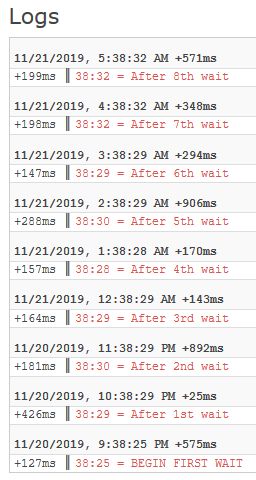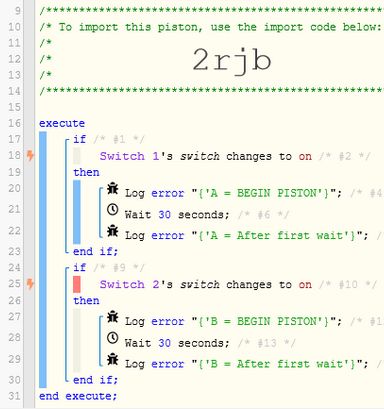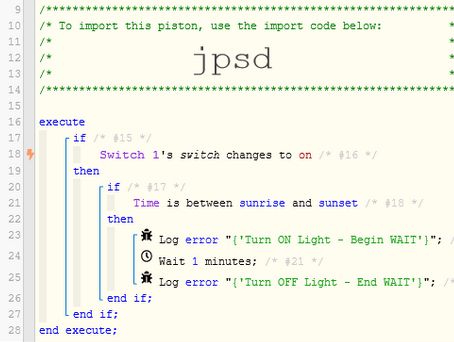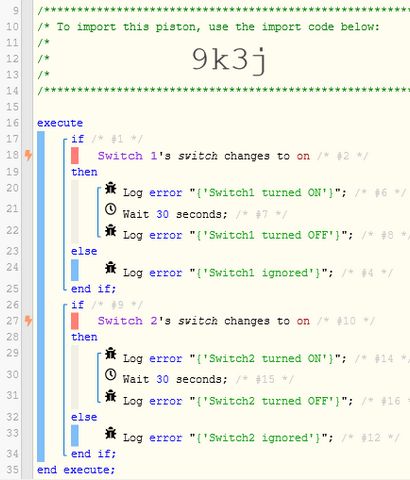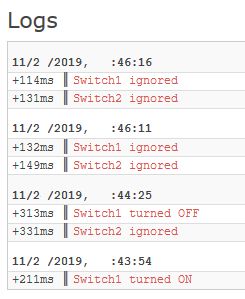Yes, I have seen a lot of comments to that effect, and a previous one about how it has changed. I’m a relative newcomer to webCoRE compared to many on here and I’ve never encountered that behaviour. I’ve never known if the behaviour has actually changed or if users just believed that was how it worked and so had been making perfectly correct changes to TCP for the wrong reasons, along with some unnecessary but harmless ones.
In the code, triggers are simply comparisons involving a new value and a cached value. They can only evaluate as true if the piston is currently executing because of a change to the attribute in that trigger. If the piston hits a ‘wait’ that is long enough for it to exit and wake up again (say five seconds or more) the trigger can no longer evaluate as true.
As the trigger can only evaluate to true for the short period the piston executes, it could be considered that it is only true for a few seconds. However it is rather an artificial concept as it is only true or false when it is evaluated.
A companion to ‘triggers are only true for a few seconds’ is the idea that pistons get to the end of a wait and then go back and check the parent conditions. It is perfectly reasonable to think that is how TCP might work and generally harmless. You can see from the logs that it isn’t what is really happening though.

